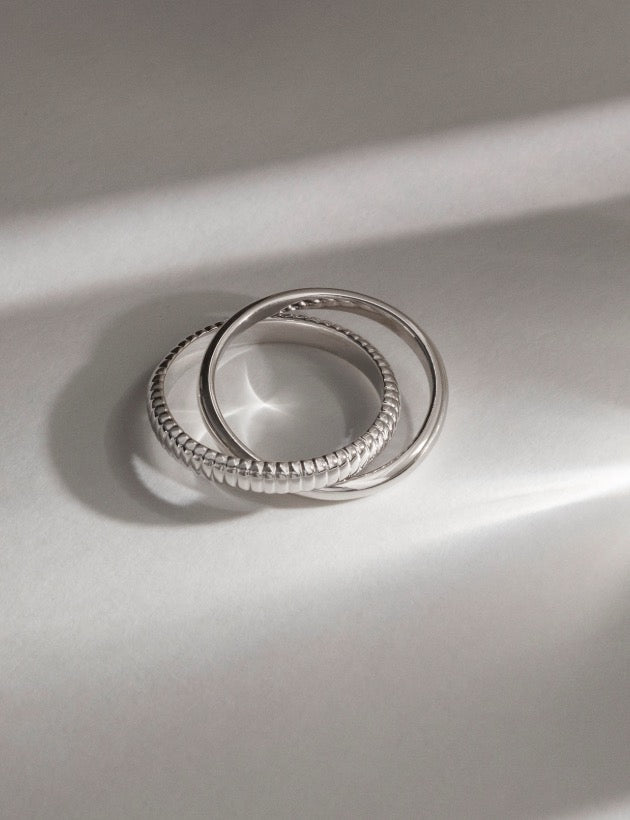Lab grown diamonds are produced in a laboratory environment that replicates the natural conditions under which mined diamonds form. These diamonds are physically, chemically, and optically identical to mined diamonds, made from pure carbon and exhibiting the same hardness, brilliance, and quality. The only true difference between the two is their origin.

A history of lab grown diamonds
Lab grown diamonds were first created in 1954 by General Electric, with scientists Howard Tracy Hall and Herbert Strong being credited for leading the breakthrough. Initially, lab grown diamonds were designed for industrial use, reducing reliance on mining. After years of failing, they finally created the first recognized lab grown diamond by using a high-pressure belt press (later known as the HPHT method). Lab grown diamonds were originally made using the high-pressure, high-temperature method (HPHT). As the name suggest, HPHT uses high pressure and high temperatures to form carbon into diamonds, which is how diamonds are naturally formed. Over time, technology improved, allowing for the creation of high-quality diamonds suitable for jewellery. Today, the diamond-growing process is faster, more efficient, and far more affordable than it was when lab grown diamonds first emerged.
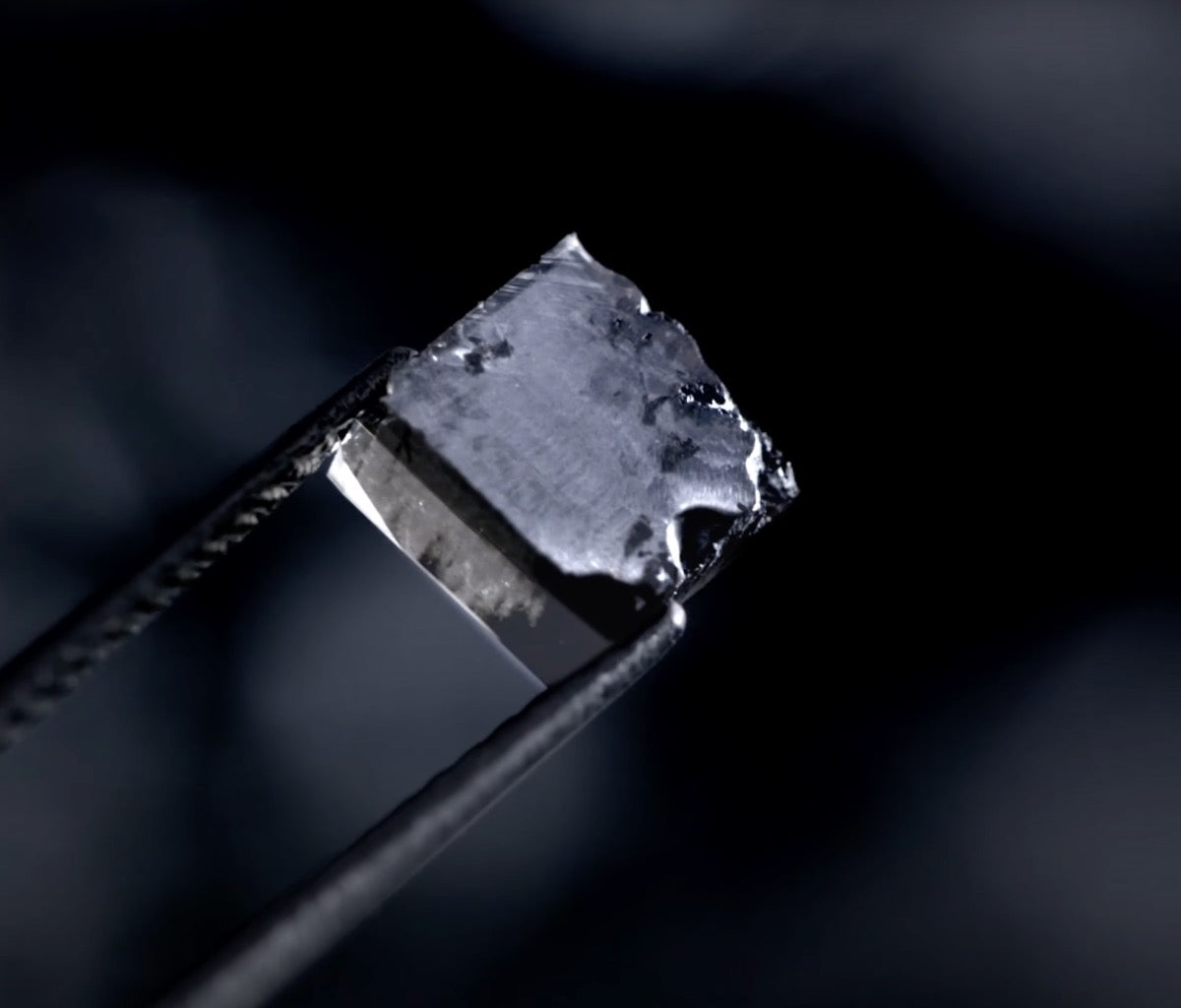
What is a lab grown diamond made of?
Carbon. Exactly like mined diamonds are lab grown diamonds composed of pure carbon. The atoms bond in the same structure, resulting in diamonds that are visually and physically indistinguishable from mined diamonds. Only advanced atomic structure analysis can reveal their lab grown origin.
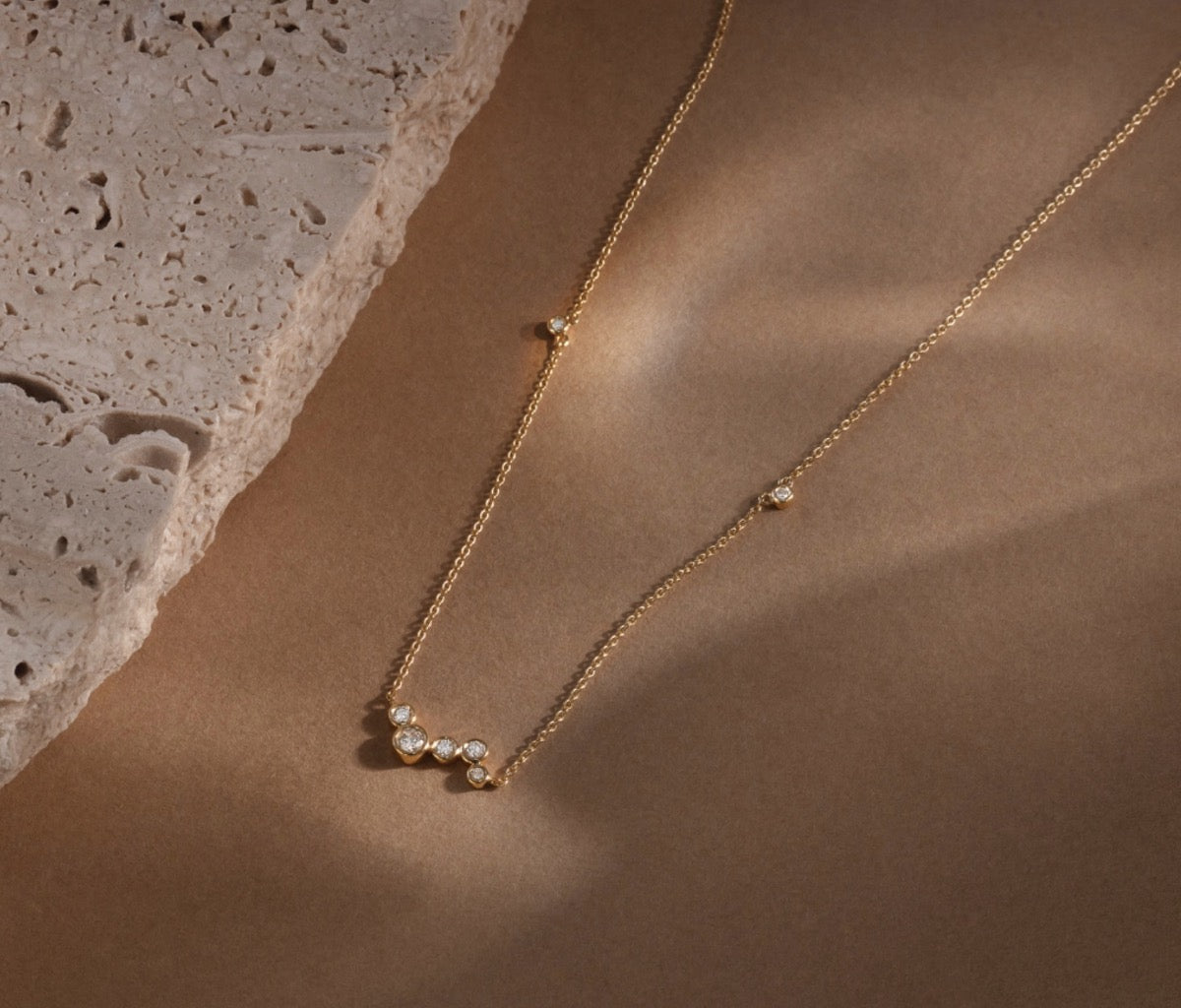
How are lab grown diamonds made?
Lab-grown diamonds are created using advanced technology that replicates the natural diamond formation process deep within the Earth. There are two ways to create lab grown diamonds: HPHT (High Pressure High Temperature) and CVD (Chemical Vapor Deposition).
HPHT: The HPHT method has been used since the 1950s and closely mimics the natural conditions under which diamonds are formed. The process begins with a small diamond seed (a tiny slice of diamond) which is placed into a piece of pure carbon in a controlled cube. It’s then exposed to extreme heat and pressure to mimic how diamonds are formed beneath the Earth. This pressure and heat causes the carbon to melt, forming a diamond around the initial seed.
CVD: The CVD method is a more recent and efficient way of growing lab created diamonds that was developed by a group of engineers and scientist. It involves placing a small diamond seed into a sealed chamber that’s heated to over 900°C. Inside the chamber, carbon-rich gases like methane and hydrogen are introduced and ionized into plasma. The carbon atoms from these gases bond to the diamond seed, building layer by layer in a vertical direction. This process results in the formation of a rough diamond that typically grows into a cleaner, square shape. The CVD method is known for producing high-quality diamonds with fewer impurities, making it a popular choice in the industry today.
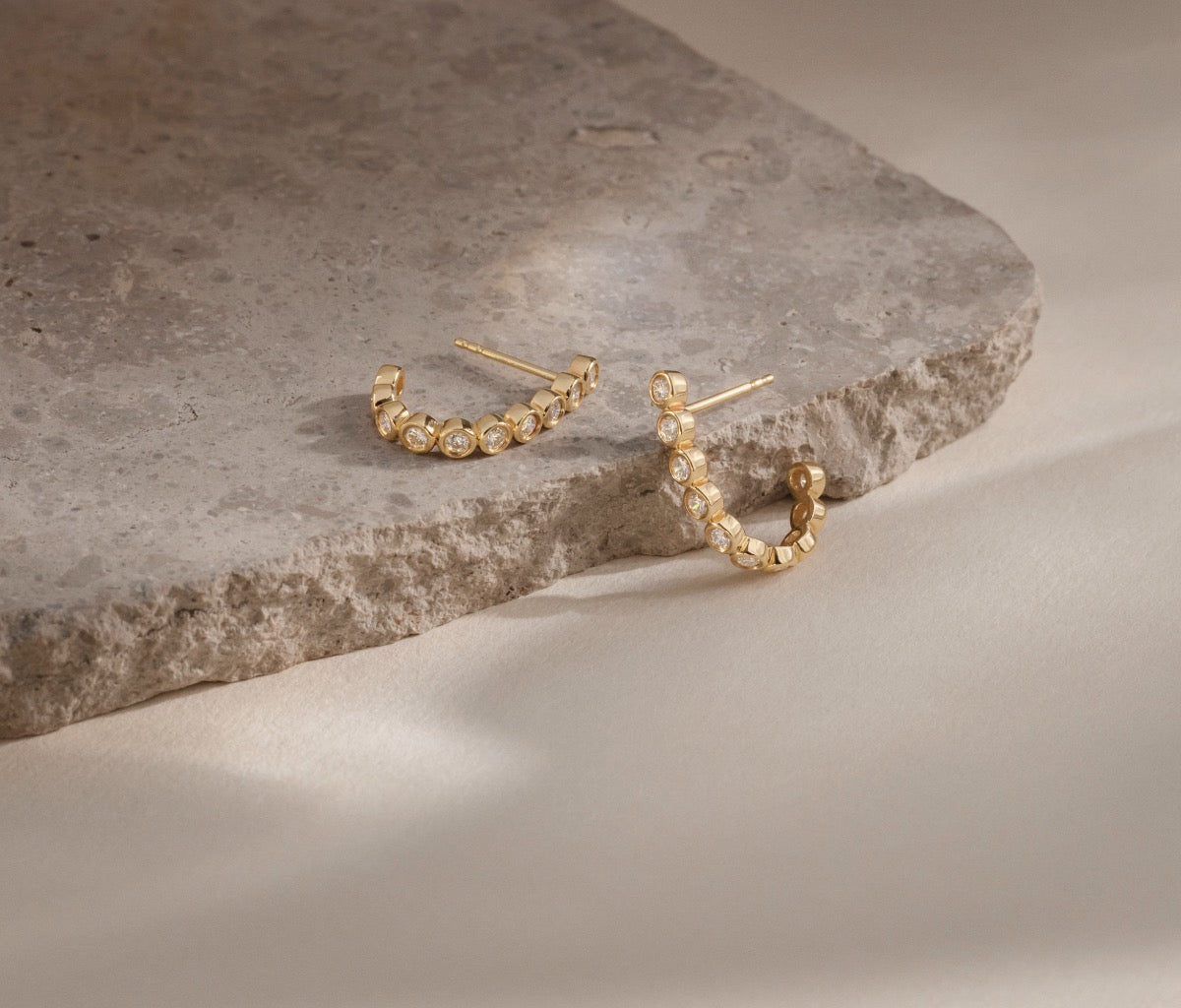
Where are lab grown diamonds made?
It might not come as a surprise that lab grown diamonds are made within... laboratories. These labs use cutting-edge technology to ensure high-quality diamonds while minimizing environmental impact.
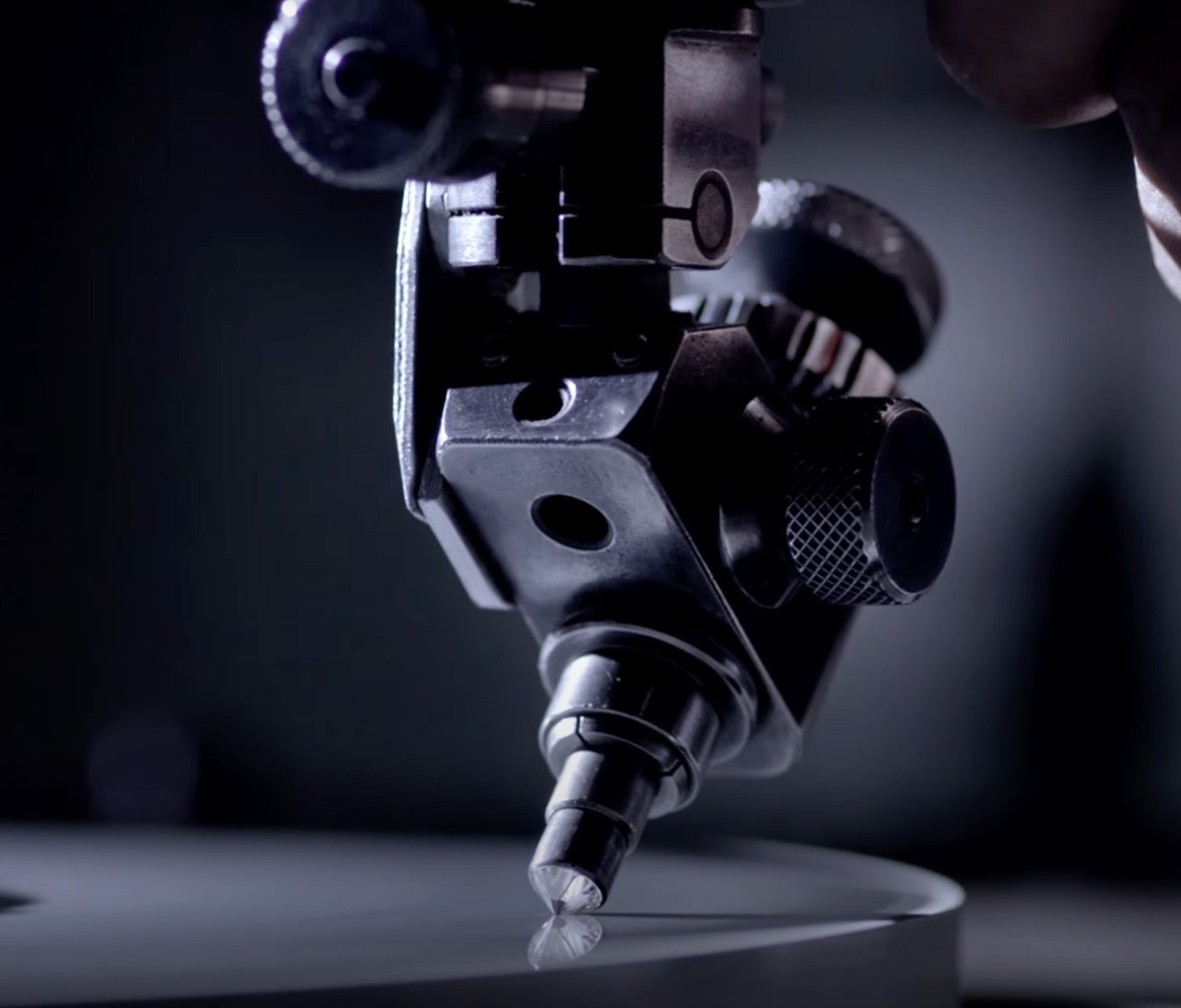
Are lab grown diamonds real?
Absolutely. A diamond created in a lab is a genuine diamond as it's made from pure carbon like its mined counterpart scoring a perfect 10 on the Mohs hardness scale. The only difference is their point of origin: in the ground for a mined diamond, above the ground for a lab grown diamond. Lab grown diamonds are not to be confused with imitation diamonds like cubic zirkonia or synthetic moissanite. These are usually easy to spot even to an untrained eye and are usually softer and easily scratchable as they are made from different materials.
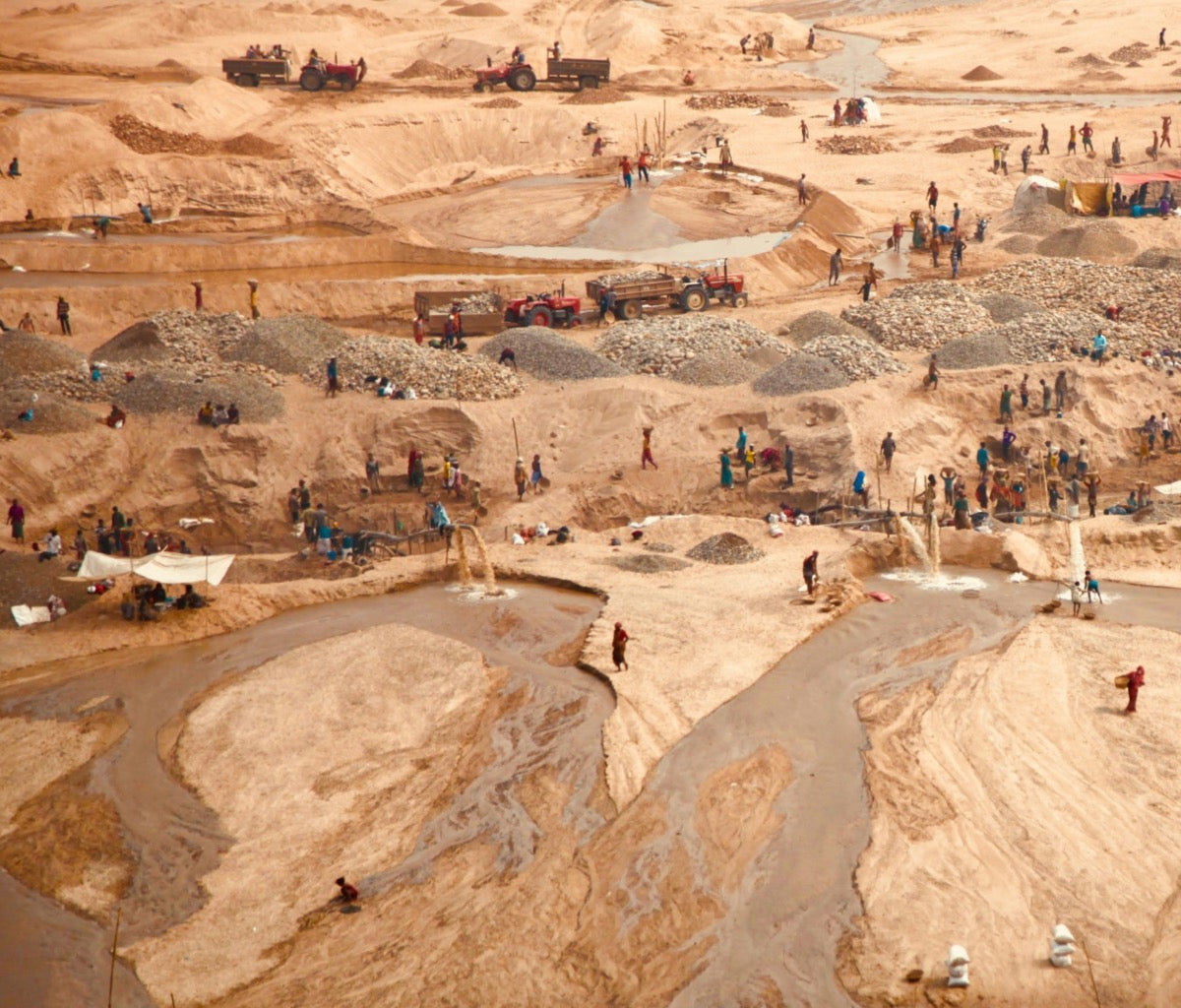
What are the benefits of growing a diamond in a lab?
Social Impact: Lab grown diamonds offer full control over the production process, ensuring transparent supply chains, fair wages, and safe working conditions. Mined diamonds on the other hand often come from conflict zones with untraceable, unethical supply chains, poor working conditions, and child labor.
Environmental Impact: Lab grown diamonds requires less energy and are less harmful to the environment and its surrounding communities. Mined diamonds lead to soil erosion, deforestation, and ecosystem destruction, often displacing communities.
Quality: Lab grown diamonds aare chemically, physically, and optically identical to mined diamonds. They are graded using the same standards (cut, color, clarity, and carat weight). Mined diamonds require destructive extraction processes, but are graded similarly to lab grown diamonds.
Affordability: Lab grown diamonds are more affordable and often offer better quality for the same or lower cost. 'Perceived rarity', the cost of mining and savvy marketing techniques make mined diamonds so expensive. In fact, lab grown diamonds are typically 50-60% less expensive than mined diamonds of the same quality, making them a more accessible option without sacrificing beauty or durability.
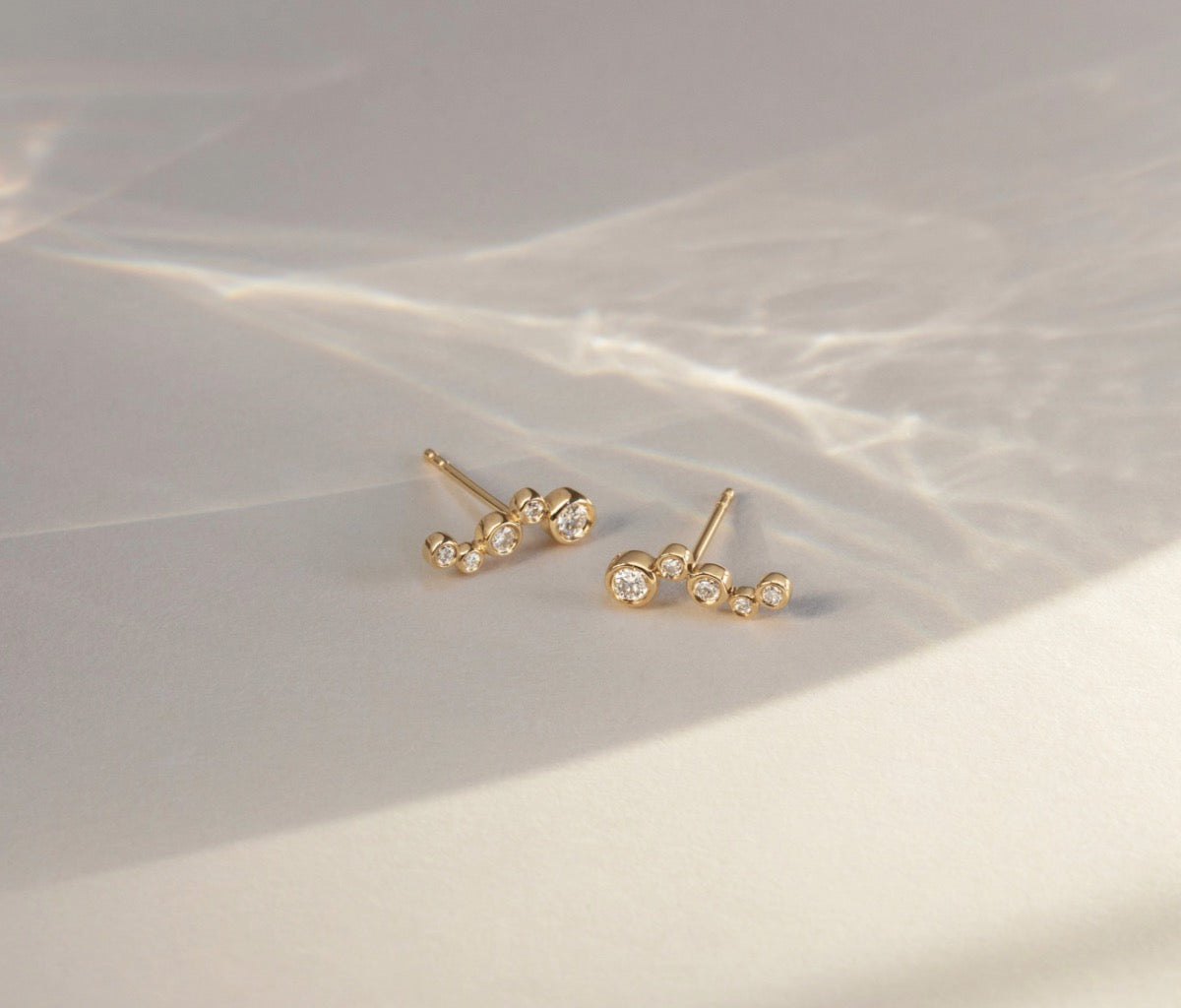
Why lab grown diamonds?
Lab grown diamonds provide transparency in an industry where ethical concerns often arise. Many mined diamonds come unethical supply chains in conflict regions with poor working conditions, low wages, and human rights violations. Mining diamonds leaves a massive environmental footprint. On average, mining companies move 250 tons of earth to find just one 1-carat diamond. This destructive process devastates ecosystems, displaces communities, and causes long-lasting harm to biodiversity.
Diamonds created in a lab make it possible to create a totally transparent supply chain that is less harmful to the environment and its surrounding communities. Lab diamonds are grown in controlled environments with fair wages and safe working conditions. Not all lab grown diamonds are created equally — ours have a clear conscience. Each of our lab grown diamonds are SCS Global certified sustainable and ethical with 100% climate-neutral production in responsible laboratories which help reduce the environmental damage caused by traditional mining practices.
Lab grown diamonds are part of a larger movement towards ethical and sustainable jewellery. While there is still room for improvement, lab grown diamonds represent a significant step in the right direction.

